Auto bumper mould are an integral part of the automobile manufacturing industry. They are used to produce car bumpers, which are important protective components for the front and rear of the vehicle. The type and design of auto bumper mould depends on the material, shape and production process of the bumper.
Injection mold is the commonly auto bumper mould. This type of mold injects molten plastic material into the mold cavity, cools and solidifies to form a bumper. Injection molds can create bumpers with complex shapes and rich details, making them suitable for mass production. Due to the high plasticity of plastic materials, injection molds can produce lightweight, low-cost and high-performance bumpers.
Blow molds are used to make hollow plastic bumpers. During the blow molding process, the plastic sheet is heated to a softened state and then blown into the mold cavity with compressed air. Blow molds can produce bumpers with large or multi-piece structures, with high production efficiency and low scrap rate.
Hot press forming molds are used to produce bumpers made of thermoplastic or composite materials. During this process, the material is heated and pressure is applied so that it conforms to the shape of the auto bumper mould. Thermoforming molds are suitable for producing bumpers with higher strength and rigidity, such as carbon fiber reinforced plastic (CFRP) bumpers.
Polyurethane casting molds are used to produce polyurethane foam filled bumpers. The polyurethane material is injected into the mold and solidifies there, forming a bumper with good cushioning properties. This auto bumper mould is suitable for producing bumpers with good energy absorption properties and lightweight design.
Metal stamping molds are used to produce metal bumpers, such as steel plates or aluminum plates. In the stamping process, sheet metal is formed into a bumper through a series of stamping operations. Metal stamping tools create strong, impact-resistant bumpers for applications that require greater durability.
composite molds are used to produce plastic bumpers reinforced with fiberglass or carbon fiber. These auto bumper moulds typically lay down the composite material by hand or by machine automation, and then form it using heat and pressure. Composite molds produce bumpers with excellent strength and corrosion resistance for high-performance vehicles.
Rapid prototyping molds, such as selective laser sintering (SLS) or three-dimensional printing (3D printing) molds, are used to quickly manufacture bumper prototypes. This auto bumper mould is suitable for design verification and concept verification stages, and can quickly produce complex bumper shapes, accelerating the product development process.
Each type of auto bumper mould has its unique advantages and application scenarios. Injection molds are suitable for mass production and complex-shaped plastic bumpers; blow molds are suitable for bumpers with large or multi-piece structures; thermoforming molds are suitable for high-strength and rigid plastic bumpers; polyurethane casting molds are suitable for plastic bumpers with Bumpers with good cushioning properties; metal stamping molds are suitable for highly durable and impact-resistant metal bumpers; composite molds are suitable for lightweight design of high-performance vehicles; rapid prototyping molds are suitable for rapid prototyping and design verification.
When selecting auto bumper mould, automobile manufacturers will consider a variety of factors, such as production costs, material properties, design requirements, and production efficiency. As new materials and manufacturing technologies develop, automotive auto bumper mould will continue to evolve to meet higher performance standards and environmental requirements. By continuously optimizing mold design and manufacturing processes, future car bumpers will be safer, lighter and more environmentally friendly.

 English
English 日本語
日本語 Français
Français Deutsch
Deutsch Español
Español 简体中文
简体中文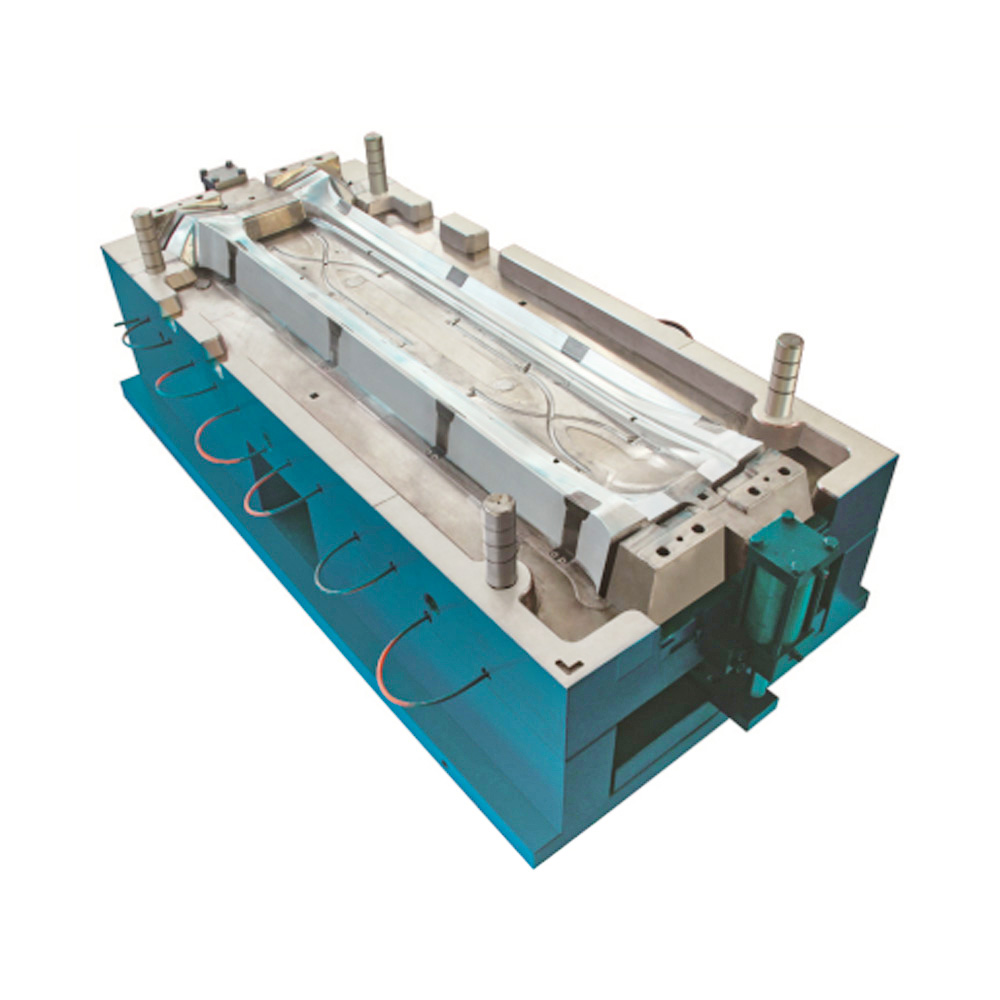

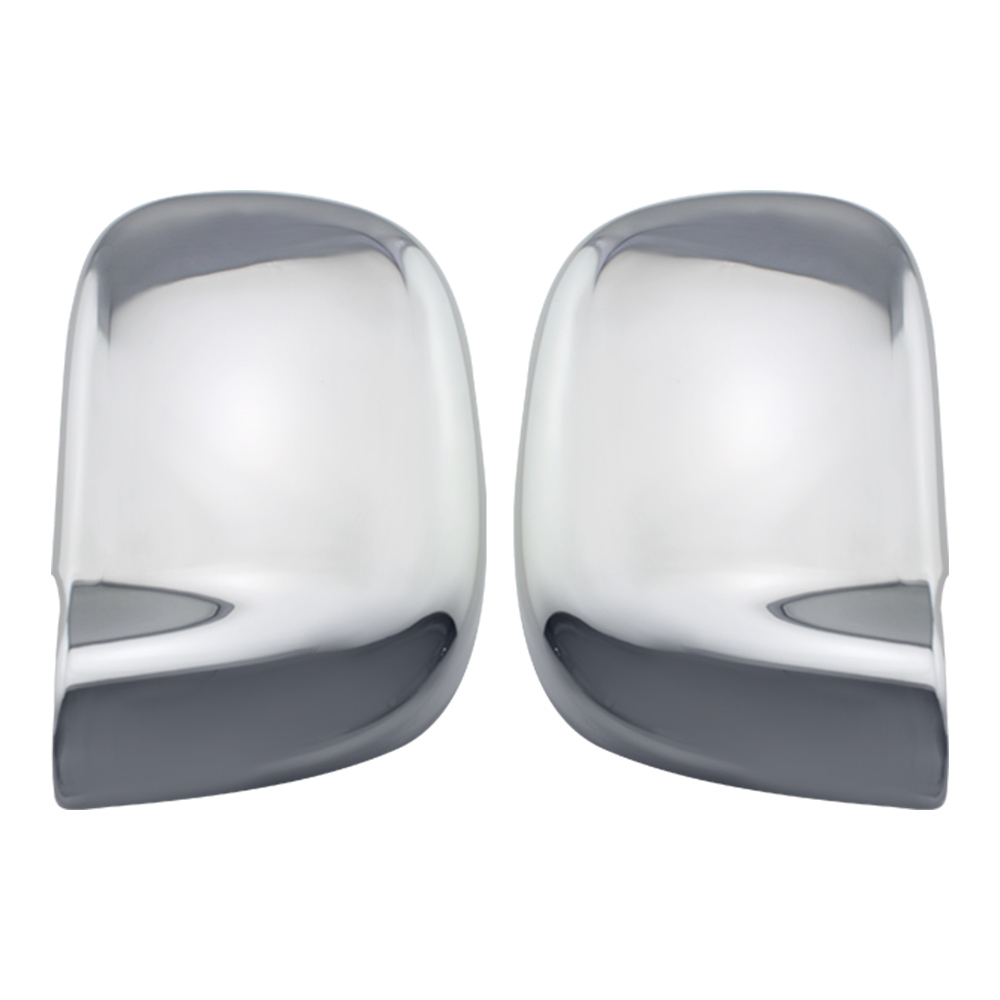 View More >>
View More >>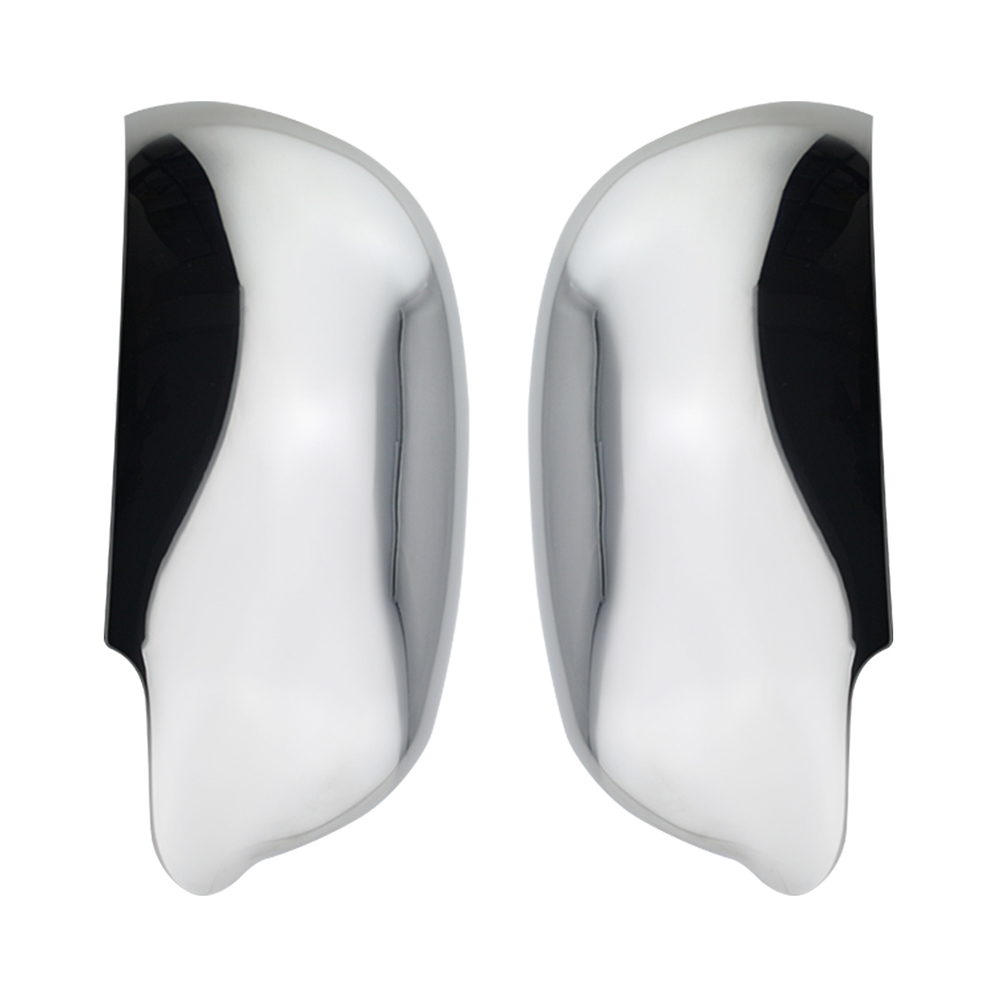 View More >>
View More >>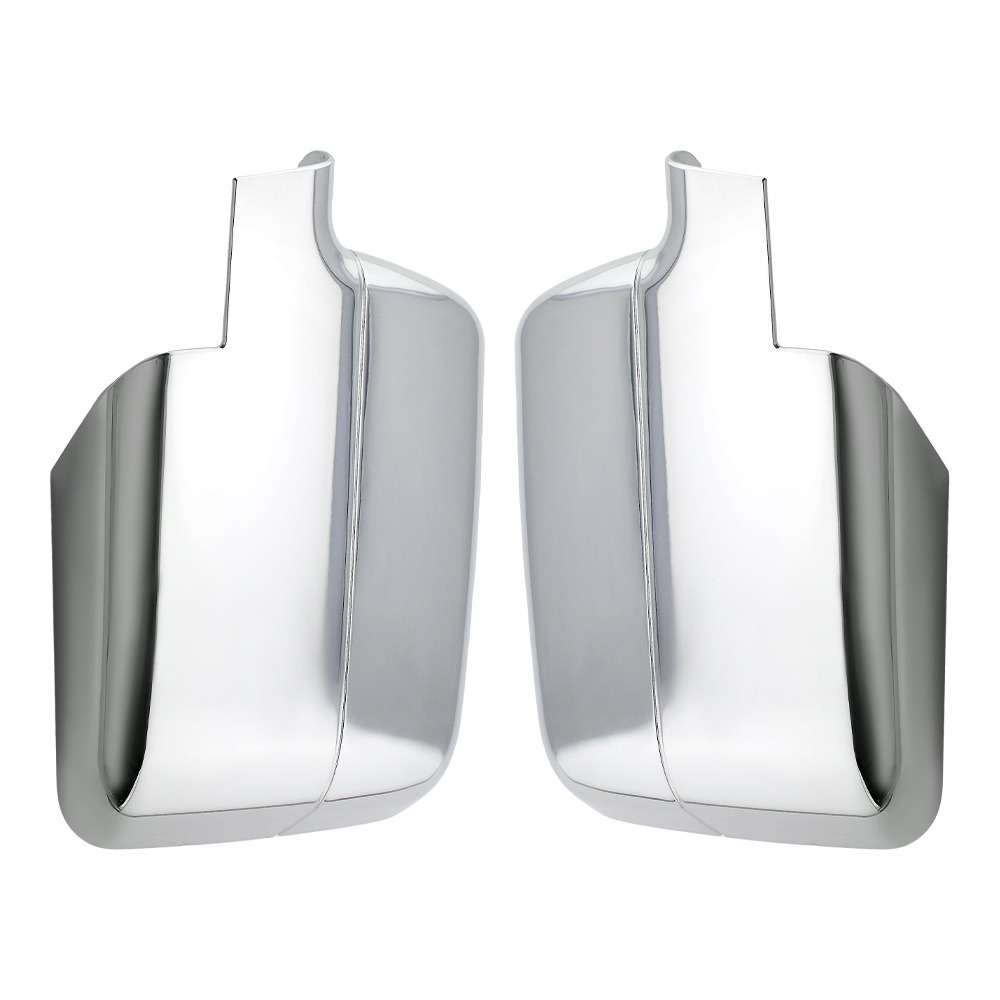 View More >>
View More >>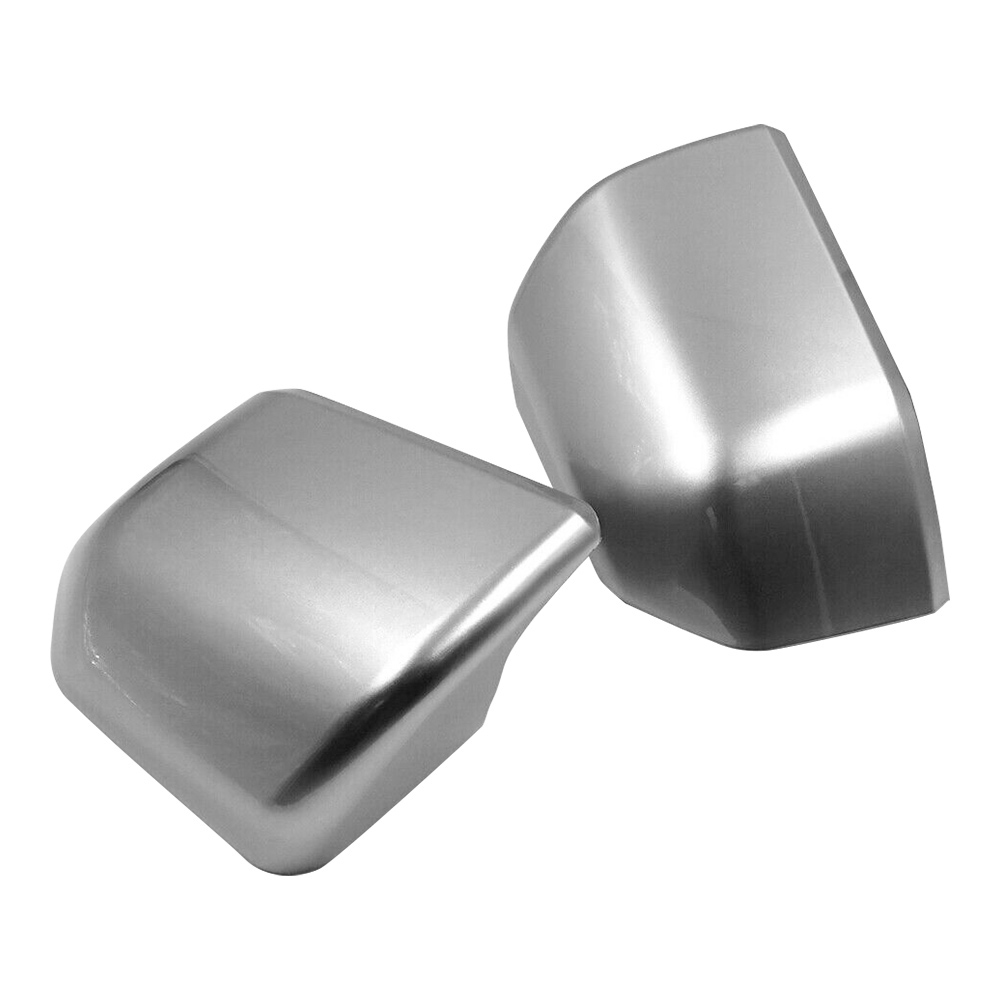 View More >>
View More >>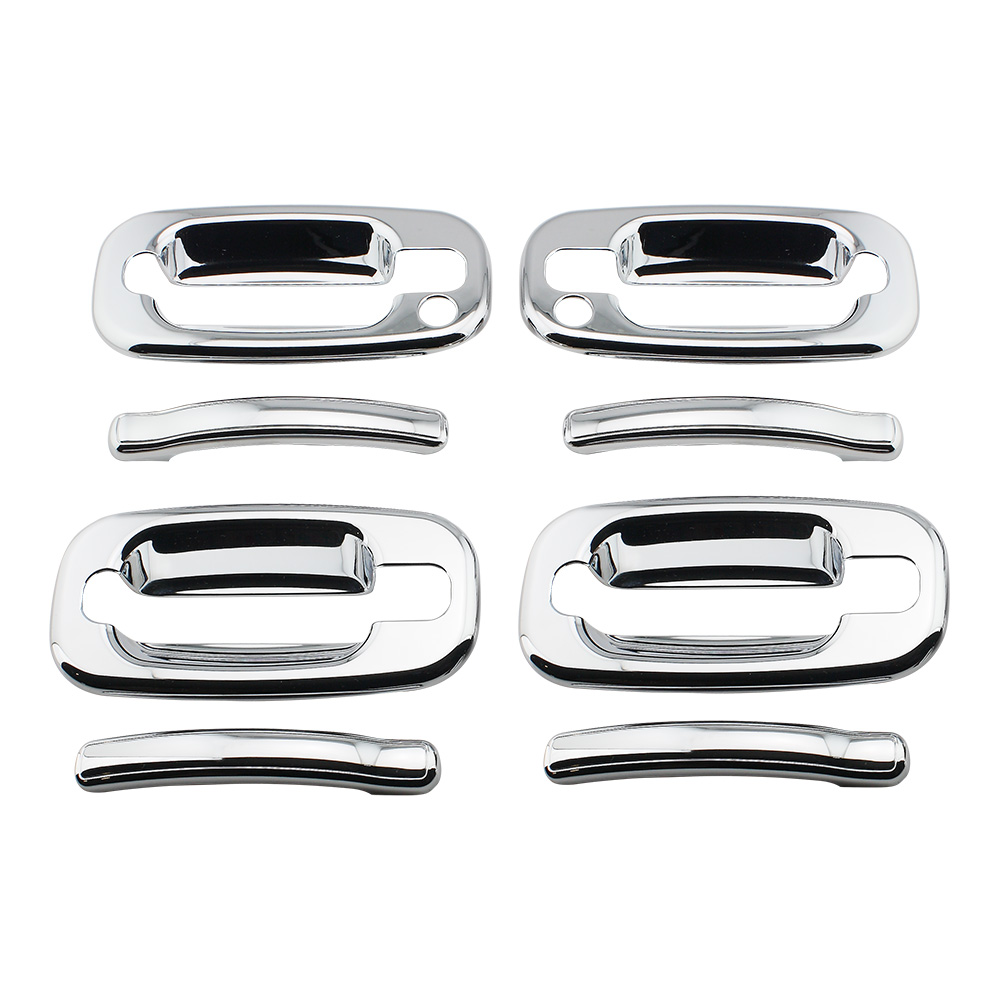 View More >>
View More >>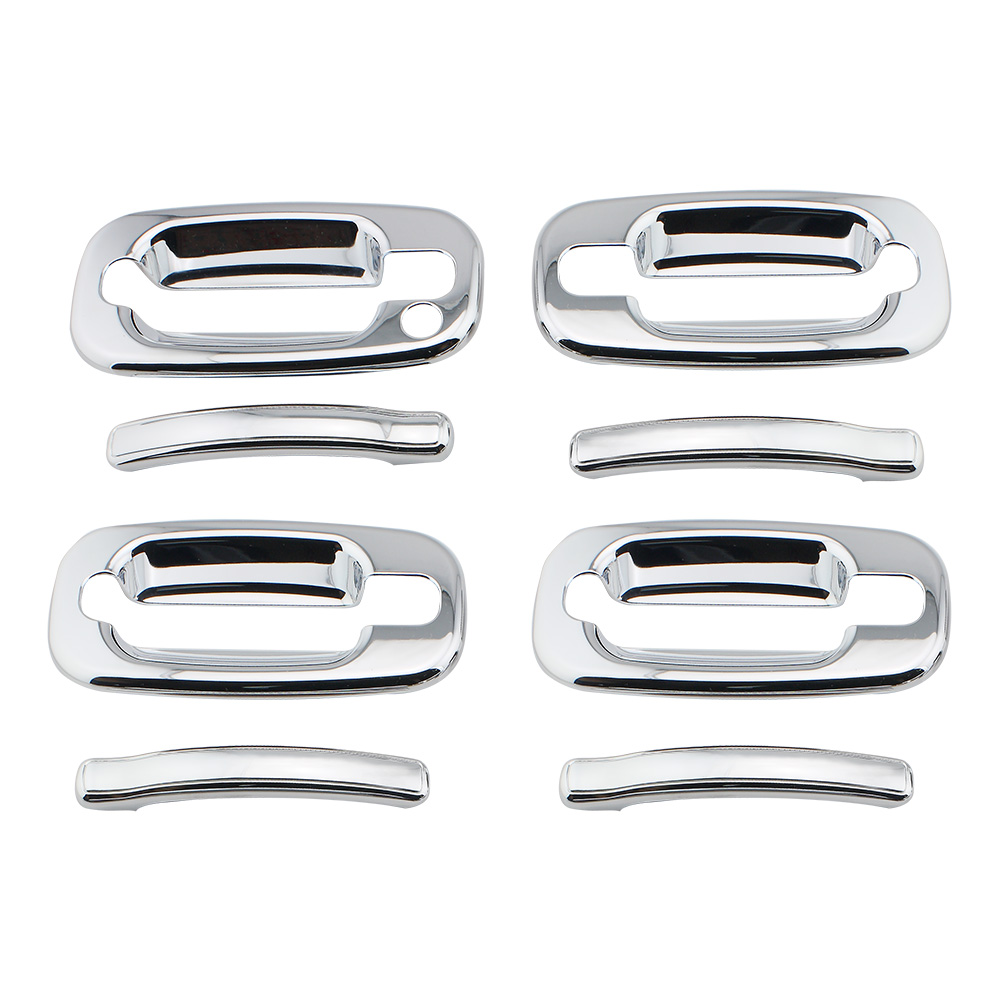 View More >>
View More >>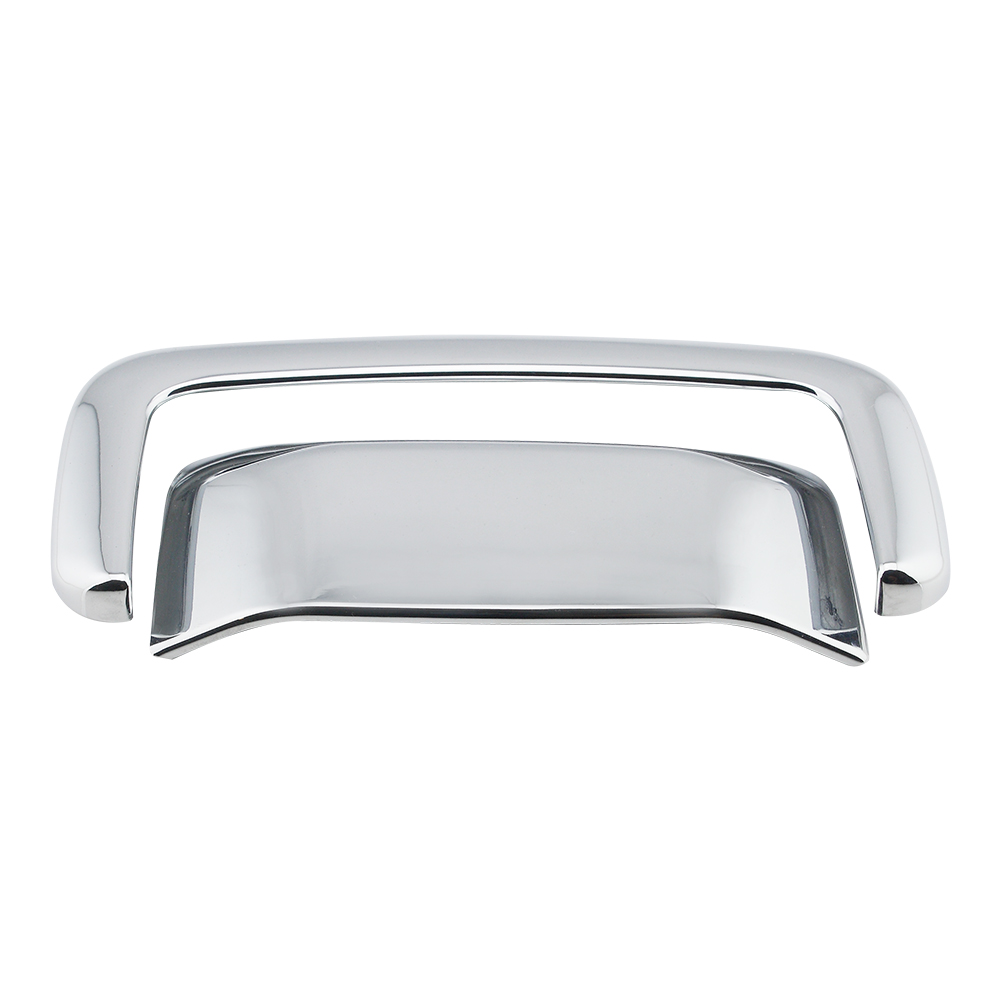 View More >>
View More >> View More >>
View More >>(canaddletterfordraptor)-1.jpg) View More >>
View More >>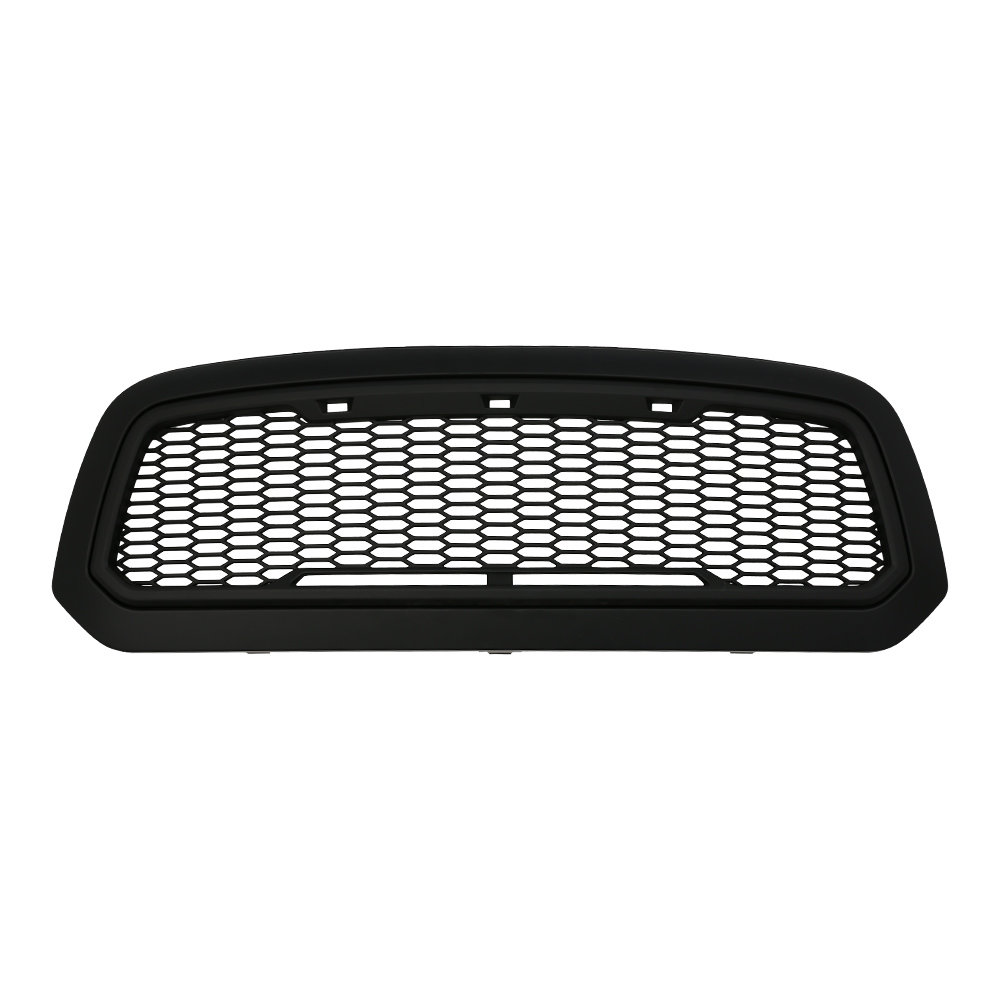 View More >>
View More >>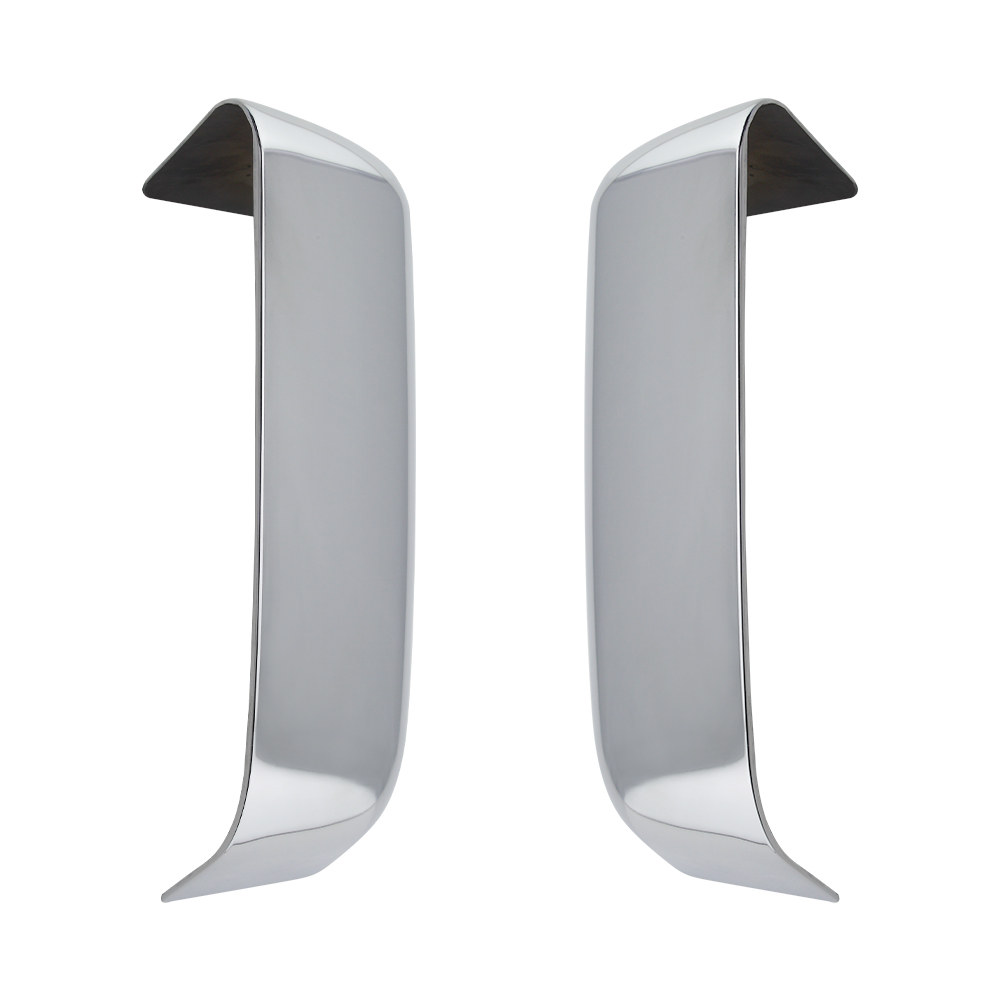 View More >>
View More >>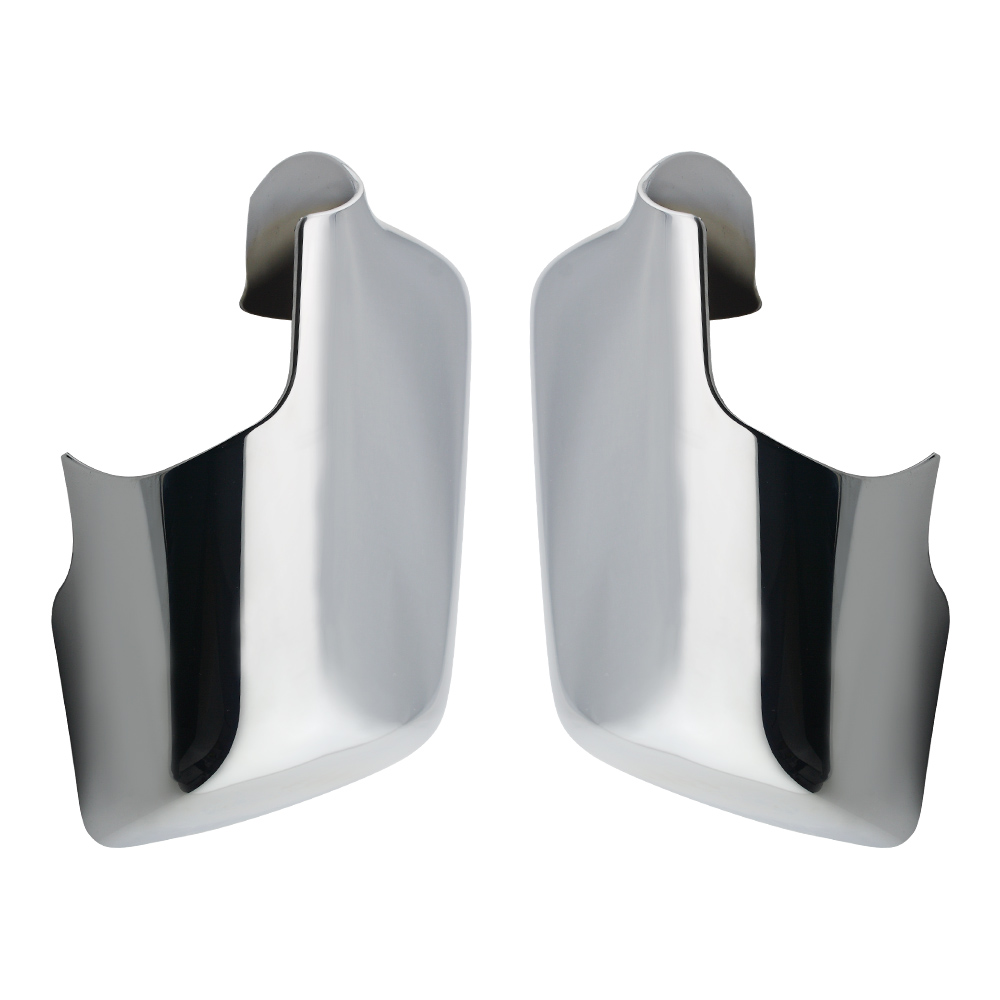 View More >>
View More >>
